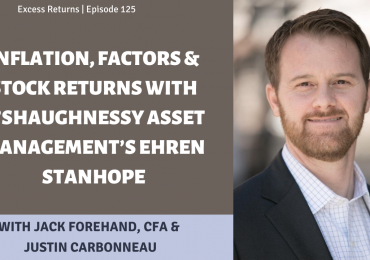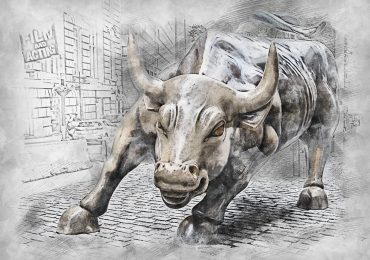The Wall Street Journal’s Money Beat column highlights the value of simplicity in investment prediction models. Profiling work by John C. Bogle, founder of Vanguard Group, that draws on historical data, the piece highlights his three-factor formula for determining the “sources of return.” These are:
- Starting yield (annual dividends divided by stock price)
- Earnings growth
- Speculative return (changes in pricing by investors)
The first two factors can be grouped together, according to Bogle, as “investment return” because they reflect what companies actually generate rather than speculation on pricing by the market.
“If you don’t like my numbers,” Bogle says, “you can put in your own.” In other words, the model is adaptable and may be simple enough for many individual investors to consider. Predictions about speculative return are particularly open to debate and have a significant impact on results.
Bogle’s bond model is even simpler. The key factor is yield to maturity (interest income divided by market price). Bogle found at least 90% of subsequent returns on bonds could be explained by their initial yields.
The Journal suggests “[y]ou can apply the same principles to any financial asset,” using commodities as an example. According to Ryan Larson of Research Affiliates, a diversified basket of commodities has historically had four key sources of return. These are:
- The “roll return” (renewing contracts over time)
- Interest earned on collateral to buy commodities
- Market price fluctuation
- Rebalancing (selling some of what has risen most to buy what has fallen most)
The latter two factors appear to make all the difference in commodities value recently, according to Larsen. Thus, as with stocks, predictions about pricing in the market (akin to Bogle’s “speculative return”) is crucial.





